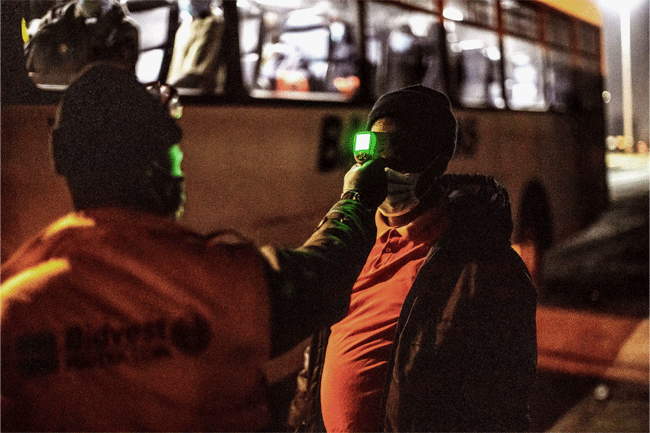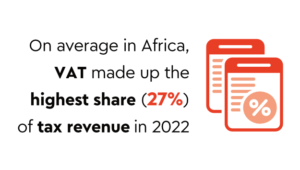PwC’s Mine 2020 report highlights the point that mining was better prepared to handle the COVID-19 pandemic than other industries, due to its long-established focus on health and safety. In most countries, it notes, ‘mining has drawn on its powerful entrenched safety culture to quickly implement controls to contain the spread of the virus and continue to operate. As a result, compared to many other industries, mining has managed to weather the first phase of the crisis relatively unscathed’.
The mining sector was better equipped given its decades-long focus on the health and safety of workers. Injury and fatality rates are key metrics by which management is judged. So when South Africa announced a hard lockdown in March last year, mines repurposed their health facilities and procedures to cope with the new threat, and they did it with astonishing speed. Clinics and health facilities were opened to surrounding communities and daily testing became mandatory for returning workers when the lockdown moved to Level 4 in May.
According to the Minerals Council South Africa (MCSA), 50% of South Africa’s mine employees had been recalled to work by early June 2020, a total of 230 000, of whom fewer than 700 had tested positive for the virus. Of those testing positive, 95% were asymptomatic.
This was a higher percentage infection rate than the population as a whole, but only because testing was done on every employee before every shift, with track-and-tracing systems in place to curtail the spread of the virus beyond the mine-perimeter fences. Infection numbers in other sectors would likely have exceeded that of mining if testing were done at the same rate.
The MCSA outlined the steps taken to limit the spread of the virus. Apart from social distancing – itself a massive logistical feat in underground operations – thermal scanners were installed at access-control points to pick up high body temperatures, quarantine facilities were set up, and mobile phone apps allowed for quick track and tracing once an infection case was reported.
By late July, according to the MCSA, 320 412 people were being screened every day. And, as of early September, 338 264 of a total 450 987 employees were back at work. The industry’s test rate stood at 10.45%, compared to a national rate of 6.27%.
That same month, the MCSA launched its Beyond the Mine Gate field guide, aimed at ‘empowering employees as agents of change and promoting and supporting healthy and safe behaviours within communities’.
What set the mining sector apart from others was the sharing of industry-wide information on COVID cases, and the speed at which mines detecting unusually high numbers of infections had chosen to close operations. Mines have adjusted to entirely new operational protocols.
Another factor separating mining from other sectors is the degree to which it took responsibility for the health of surrounding communities by making clinics, paramedics, ambulances and quarantine facilities available. The lockdown’s brutal impact on the economic life of some of these communities might have been much worse had it not been for mines providing food parcels and water to those most in need.
Many mines now provide precautionary flu vaccinations to workers and have added vitamins and supplements to diets to boost their immune systems.
Mines are leaving nothing to chance when it comes to COVID-19 and have set a high bar for the rest of the country. When the story of the coronavirus in South Africa is written several years from now, the mining sector will almost certainly feature as a case study in how to do it right.
















